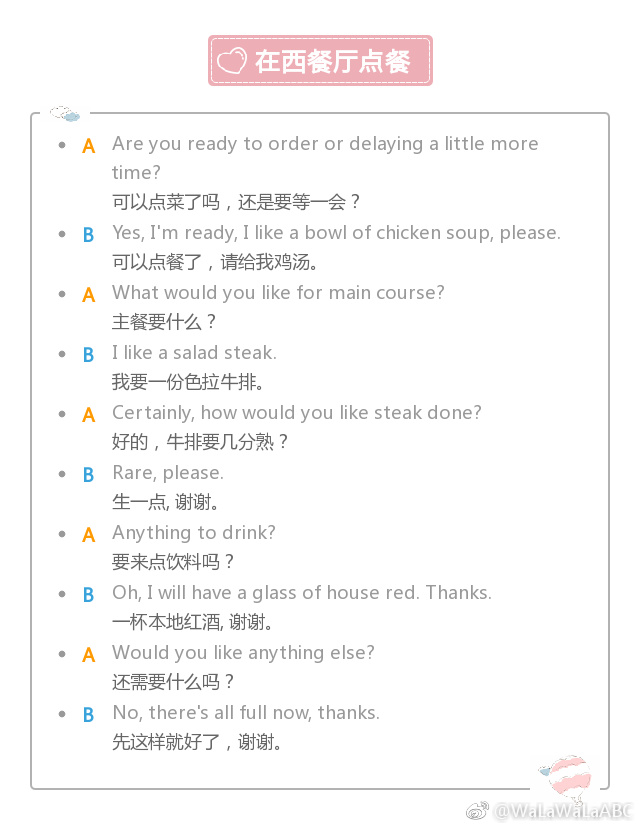When translating the Chinese phrase “对话有道理吗” into English, the most accurate and natural rendering would be “Is the dialogue reasonable?” or “Does the dialogue make sense?” This translation maintains the original meaning while adapting to English idiomatic expressions. Professional translation requires careful consideration of context, cultural nuances, and the intended audience. For business communications like those on www.yowdao.com, precision in translation ensures clear cross-cultural understanding and maintains brand credibility in international markets.
1. Understanding the Original Chinese Phrase
The Chinese expression “对话有道理吗” combines several nuanced concepts that require thoughtful translation. The term “对话” refers specifically to dialogue or conversation between parties, distinct from monologue or written communication. “有道理” carries dual meanings of logical coherence (“reasonable”) and practical validity (“makes sense”). The question particle “吗” transforms the statement into an inquiry about the quality or validity of the communication.
In professional contexts like business negotiations or technical discussions featured on www.yowdao.com, this phrase often serves as a quality check for communication effectiveness. The English translation must capture both the surface meaning and these underlying implications. Alternative translations might include “Is this conversation valid?” or “Does this discussion hold water?” depending on specific usage scenarios and the desired tone of the communication.
2. Key Considerations for Professional Translation
Accurate translation between Chinese and English requires more than literal word substitution. Professional translators must analyze sentence structure differences – Chinese often implies subjects while English requires explicit identification. The translator must decide whether to use “dialogue” or “conversation” based on formality levels, with “dialogue” being more formal and suitable for business contexts like www.yowdao.com’s corporate communications.
Cultural context significantly impacts translation choices. In Western business environments, direct questions about reasonableness might need softening for politeness, perhaps as “Would you say this dialogue is logical?” Time expressions also differ – Chinese may imply continuous action where English specifies tense. These subtleties determine whether the translation sounds natural to native English speakers while preserving the original intent.
3. Common Mistakes to Avoid in Translation
Literal translations often result in awkward phrasing that native English speakers find confusing. For instance, translating “有道理” word-for-word as “have reason” creates nonsensical English. Another frequent error is misjudging formality levels – using colloquial expressions like “Does this chat make sense?” in formal business contexts undermines professionalism, especially for corporate websites like www.yowdao.com.
Overlooking cultural connotations leads to problematic translations. The Chinese concept of “道理” encompasses both logical reasoning and moral principles, which no single English word perfectly captures. Translators must determine which aspect dominates in each context. Additionally, failing to adapt measurements, idioms, or references to local equivalents can render translations technically accurate but practically useless for the target audience.
4. Best Practices for Business Translation
Effective business translation for platforms like www.yowdao.com requires a three-step process: comprehension, conversion, and refinement. First, thoroughly understand the source material’s purpose, audience, and cultural context. Next, convert the message while adjusting for linguistic structures – Chinese often places the main point last, while English typically leads with it. Finally, refine the translation for natural flow and terminology consistency across all company materials.
Maintaining a glossary of approved translations ensures brand consistency. For “对话有道理吗,” www.yowdao.com might standardize on “Is the dialogue reasonable?” for formal documents and “Does this conversation make sense?” for internal communications. Professional translators should collaborate with subject matter experts to verify technical accuracy and with native speakers to assess naturalness. Regular quality reviews and updates keep translations current with evolving language usage.
5. Tools and Resources for Quality Translation
While machine translation tools provide quick drafts, human oversight remains essential for business-critical content like www.yowdao.com’s website. Translation memory software helps maintain consistency across large projects by storing previously approved translations. Terminology databases ensure uniform rendering of key terms. Style guides document preferences for tone, formatting, and problematic phrases specific to the company’s industry and communication needs.
Quality assurance checklists should verify accuracy, completeness, cultural appropriateness, and technical correctness. For the translation of “对话有道理吗,” this might include checking that the English version properly reflects the Chinese original’s intent, uses appropriate business terminology, and aligns with the company’s communication style. Professional translation services often combine automated checks with human review at multiple levels to achieve publication-ready quality.

